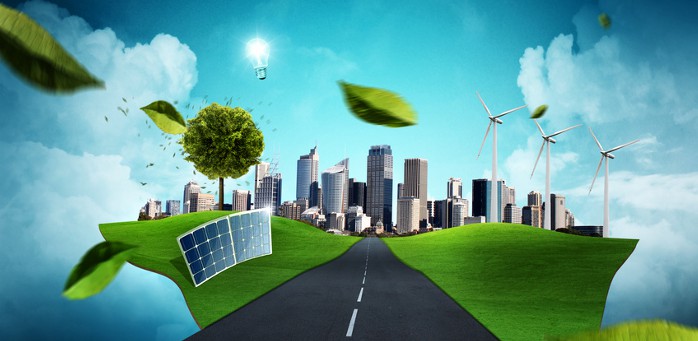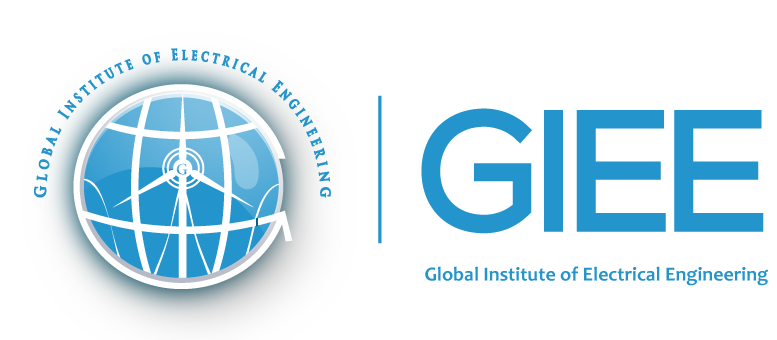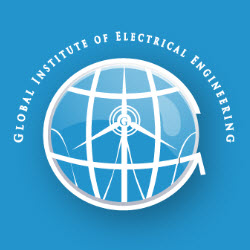
In October, California Governor Jerry Brown signed into law an ambitious bill that will require the state to generate half of its electricity from renewable sources by 2030 and double energy efficiency.
The law does not lay out specific plans for how to accomplish this, but experts in the field say utility-scale solar will likely make up a large portion—assuming issues with siting and transmission can be solved, and innovations in energy storage can be applied.
“Looking at present trends, we’ll see a lot more solar photovoltaics at utility-scale size,” says Ethan Elkind, associate director of climate change at the University of California, Berkeley’s Center for Law, Energy and the Environment. “Barring other policy developments and technology changes,” says Elkind, “that will be the main contributor.”
Elkind spoke on a panel hosted by the San Francisco Planning and Urban Research Association last month, along with representatives from the utility Pacific Gas and Electric, the American Planning Association, and San Francisco’s Public Utility Commission. The panelists discussed strategies for how California would reach its 50-percent-renewables goal.
The state is already well on its way. In 2014, California generated over 44,000 gigawatt hours of renewable electricity, or about 20 percent of its total usage. California defines renewables as biomass, geothermal, small hydro (under 30 megawatts), solar, and wind. It’-s on track to surpass 33 percent renewables by 2020.
Reaching the state’s 2030 goal may sound exceedingly ambitious, but generating enough renewables to make them the main part of its energy mix may not be too big a problem. In California, the “cost for developing solar is now comparable to the cost for developing natural gas fired plants,” says Josh Hohn, who founded APA’s energy initiative.
However, one major issue will be how that energy is stored and whether utilities can nimbly switch from storing to delivering electricity. Batteries will play a big role, as will demand-response strategies.
One idea especially favored by PG&E is solar-powered electric vehicle charging stations. That would help use surplus solar energy during the daytime, while reducing evening electricity demand. In addition, the more cars that plug into the electric grid, the more revenues for PG&E. The utility recently presented a proposal to build over 25,000 charging stations for $654 million. The California Public Utilities Commission, rejected the plan, although the agency approved a smaller-scale pilot project for 2,510 stations.
That setback for PG&E notwithstanding, California is interested in pushing electric vehicles because transportation is currently the largest source of greenhouse gas emissions, at around 38 percent of the state’s total.
Some companies are also looking to repurposed batteries from electric vehicles to store solar or wind energy. For instance, says Hohn, as the battery in an electric car loses range, customers may want to upgrade to a newer one with more range. However, that older battery still stores energy. Those batteries can be repurposed and stacked to store energy from solar and wind. Nissan and General Motors have already announced their intentions to repurpose batteries from the Leaf and Volt vehicles, respectively. And Tesla is also developing stationary battery packs aimed at homes, businesses and utilities.
Repurposing old electric vehicle batteries, says Elkind, “is very promising… [and] will be a critical piece to balancing renewables.”
Hohn says another storage option is using surplus solar or wind energy to compress air. Then, when the sun isn’t shining or the wind isn’t blowing, the air can be released to turn a turbine. A southern California utility is looking to build a 300-megawatt pilot facility.
Another storage option is pumped hydro. Similar to the compressed air scheme, surplus wind or solar energy is used to pump water uphill. When the energy is needed, the water is released, flows downhill, and turns a turbine.
PG&E already operates one such plant: the Helms Pumped Storage Facility, which can produce 1,212 megawatts of electricity and go from a dead stop to full generation in about 6.5 minutes.
Elkind says that pumped hydro poses some challenges, however. “Mainly, where will we put them?” he asks. “We don’t have a lot of water and it’s not easy to build new reservoirs.”
California’s four-year drought has already had a major impact on its large hydroelectric facilities. In 2014, in-state hydroelectricity production fell 32 percent from 2013 levels, and was down 61 percent from 2011.
That may not be as bad as it seems at first blush. One consequence of the drought is that it may in fact open up land for utility scale solar projects, Hohn says. As territory that was once prime farmland in the state’s Central Valley begins to dry up, installing solar may be one way for farmers there to still get value out of their land, says Hohn.
Although utility-scale solar projects have a lot of potential for helping California reach the 50-percent-renewable benchmark, there are also significant land-use challenges with such projects.
A recent study found that only 15 percent of existing and proposed large-scale solar projects were on ideal sites. “Energy developers put projects where they can easily get land and where they’re likely to get a power purchase agreement,” says Elkind. “They’re not always thinking about the biological value of the land.”
Elkind added that, “As a state, we haven’t figured out what kinds of lands we want to see solar developed on [and how to] steer incentives toward those lands.”
One potential solution is to install more solar in urban environments. Hohn says that is an idea he favors, and he does think that there will be more “solar gardens” in communities. However, he acknowledged that these smaller scale projects are less appealing financially to developers.
Another challenge, says Elkind, will be meeting the goal without increasing fossil fuel usage. Advances in the various storage technologies will be needed to handle the intermittency of renewables without relying on natural gas for stability. In addition, the state will need to integrate its renewable grid with other western states, figure out how to link grid operators, and set up the markets to trade surplus renewable electricity, he said.
“We’ve learned a lot of lessons getting to 20 percent renewable energy,” Elkind says. And “we’re learning as we push toward 50 percent.”
Story Source:
The above post is reprinted from materials provided by IEEE SPECTRUM. Note: Materials may be edited for content and length.












0 responses on "Large-Scale Solar and Repurposed EV Batteries to Play Large Role in California's Renewable Energy Future"